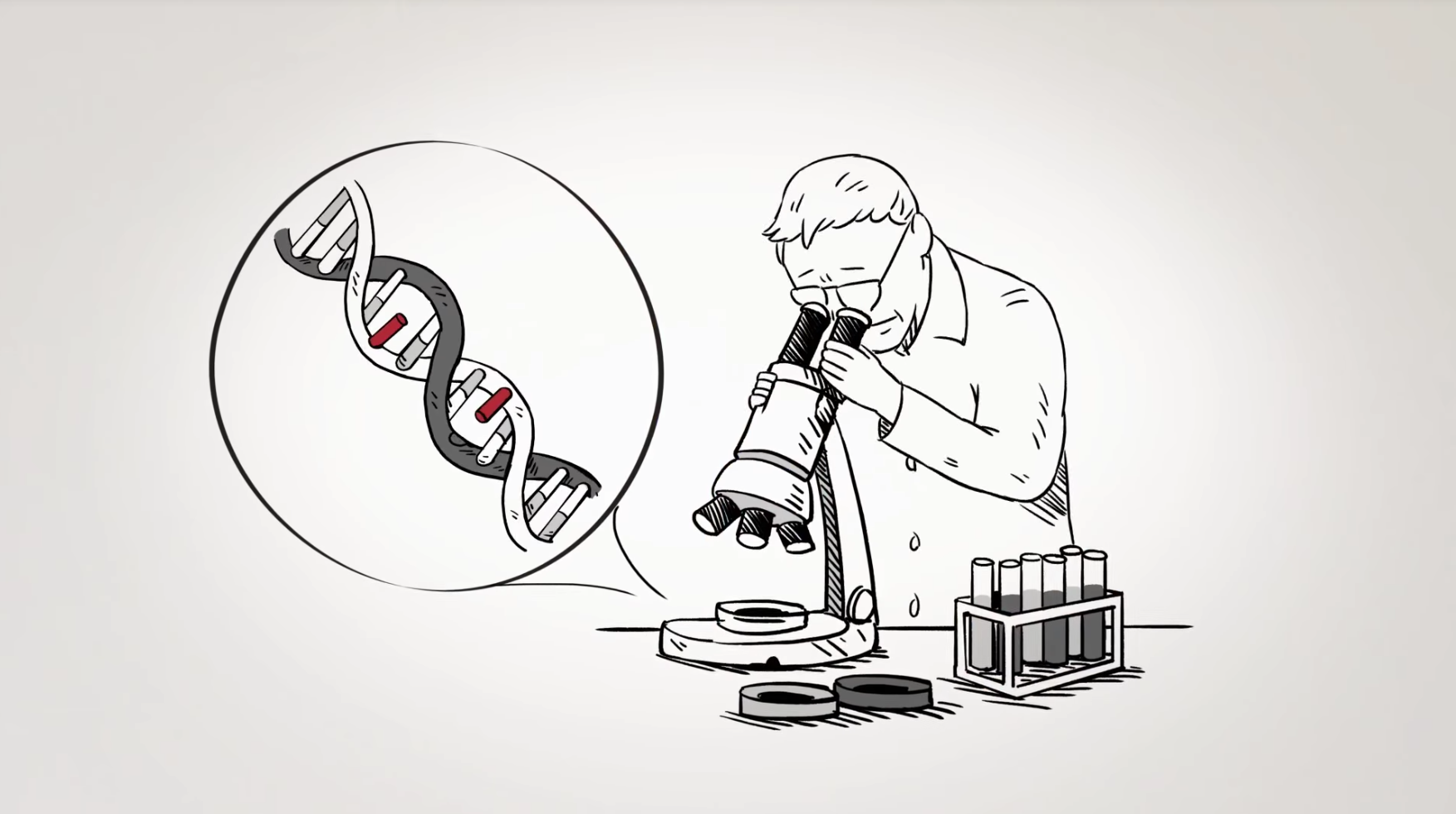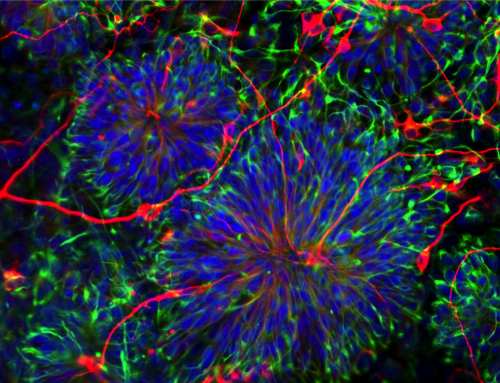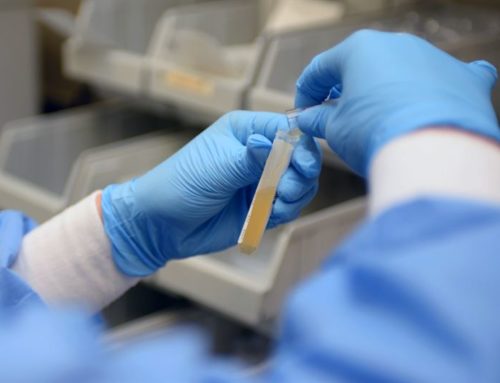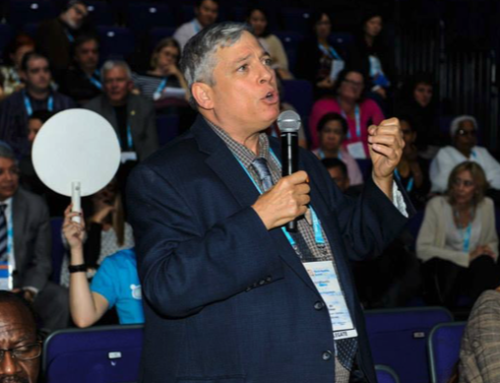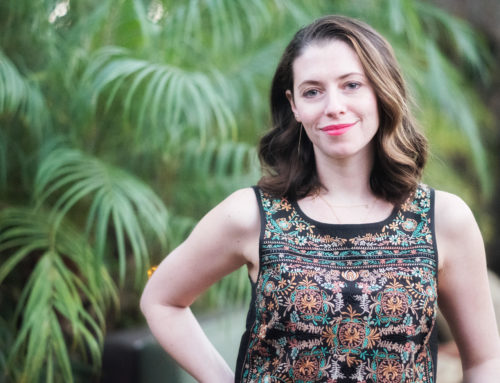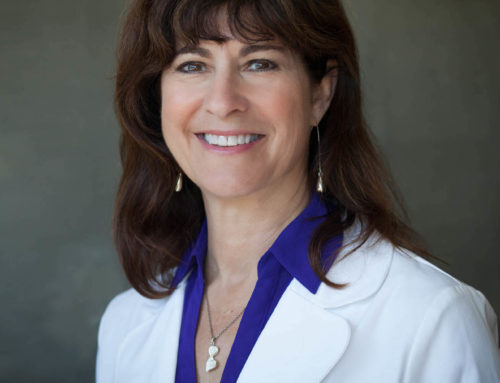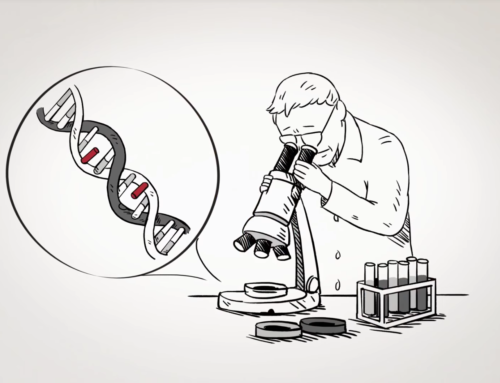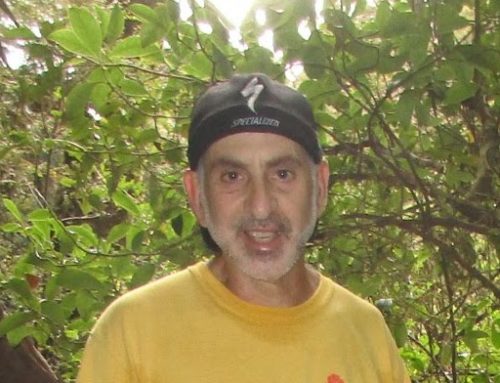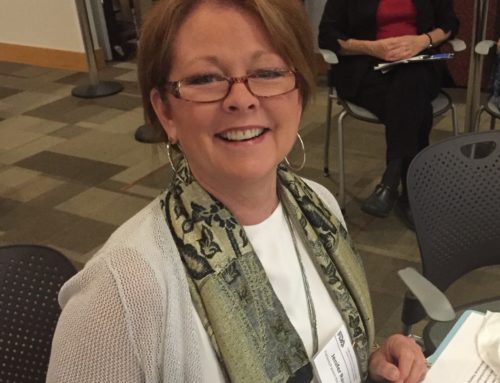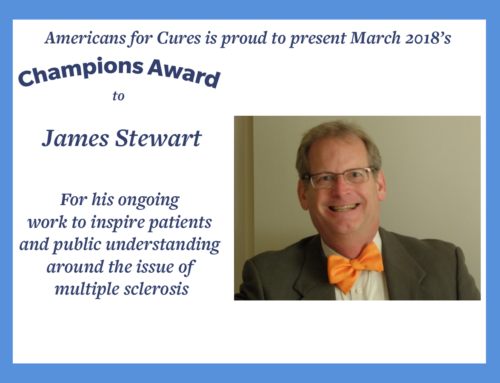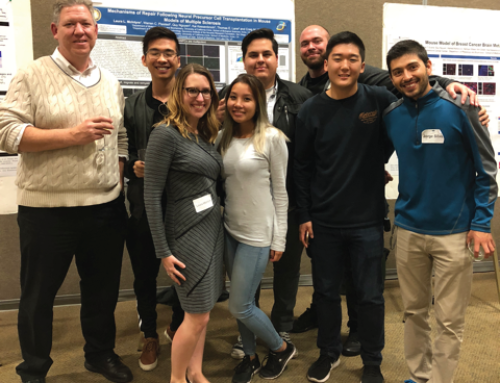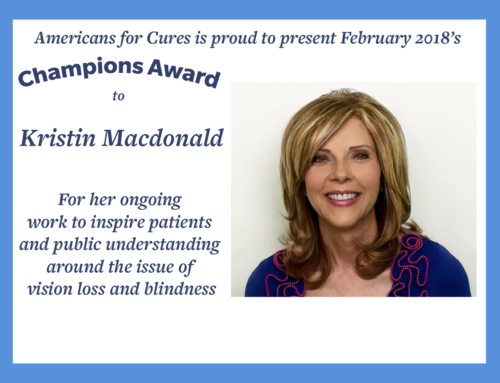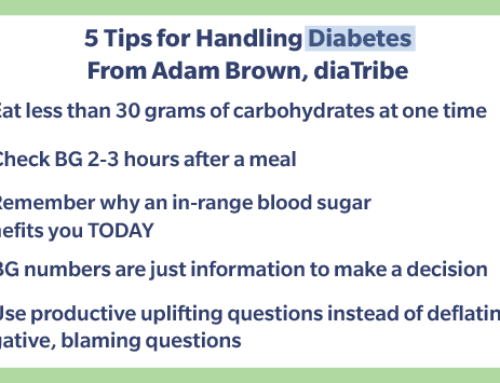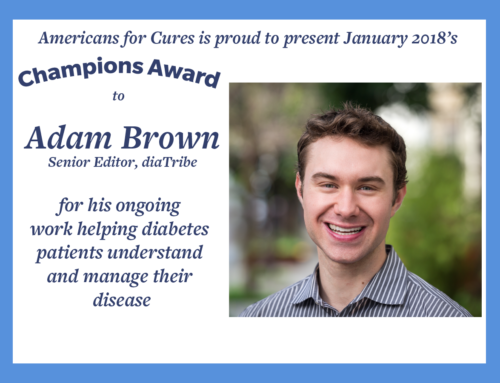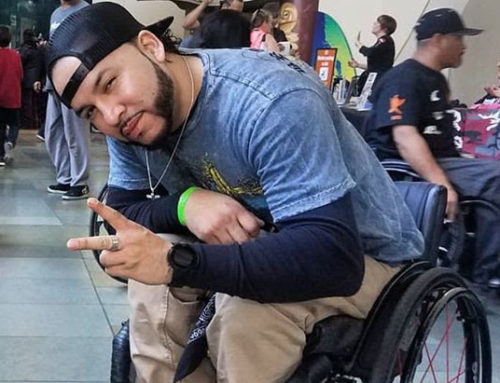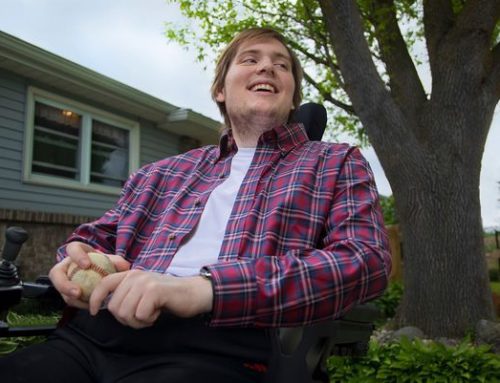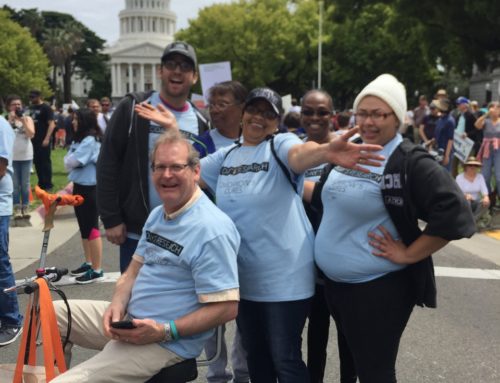First, a shout-out to Michael J. Fox, undeniably the champion of Parkinson’s Disease (PD) fund raising. If I understand correctly, he has raised the astonishing sum of $750 million dollars…the world owes Mr. Fox a debt of gratitude.
How much does Parkinson’s Disease cost America? Individually, someone with PD must come up with about $22,500 a year in medical costs, more than double the medical expenses of a healthy individual. ($10,000 annually).
As a country? Out of pocket costs are roughly $14 billion. Indirect costs, like time lost from work? Another $6 billion. $20 billion dollars for one disease…
The cost in suffering is incalculable, especially since it is progressive. If you feel bad today, it may be worse tomorrow. Today you may have uncontrollable tremors; tomorrow you might freeze up in immobility, or fall without warning.
My friends Greg and Ann Wasson are joined in marriage, and fight PD side by side. As Greg put it in a speech to a Senate committee:
“I take about 25 pills per day just for Parkinson’s… My medications…allow me to sit here before you today, and speak, and be understood. Without them, I would be unable to walk, feed or clothe myself. But the pills do nothing to slow the progress of the disease.
“For both my wife Ann and myself, the time will come when our medications fail us… We will enter a twilight world of immobility, encased in our bodies as if in tombs, able to think but not speak, understand but not communicate. Eventually, some complication of the disease will cause death, a death that by then may be welcome.”
I spoke with veteran Parkinson’s researcher Dr. Jeanne Loring recently. She had just received a $2.3 million grant from CIRM, and I wanted her thoughts on this crippling disease:
“Parkinson’s disease is an ideal target for cell replacement therapy. It is caused by the loss of a cell type— dopamine neurons – in one specific part of the brain.
“… we are working toward a patient-specific therapy, using dopamine neurons from induced pluripotent stem cells from individual patients. We have completed our safety studies and put in place the most stringent quality control measures possible to make sure that the cells are safe and effective. Our next step is a Pre-IND (Investigational New Drug) meeting with the Food and Drug Administration (FDA), which we plan for early 2018.
“We need about $3 million to finish the Pre-IND process, to then start on IND-enabling studies, the last step to approval before starting the clinical trial. To initiate the trials, we will need about $7 million more. This is a shoestring budget for this kind of work, but I have a great team of both researchers and fundraisers. CIRM has helped fund our work so far, and I hope they will want to (continue to) invest in our therapy.”—Jeanne Loring, personal communication.
To maximize resources, Dr. Loring cooperates with scientists in other areas, each group paying its own expenses: adding up to an international effort called GForce. Loring’s group, “Summit Stem Cells”, partners with four research groups, led by champions Jun Takahashi of Japan, Roger Barker of the UK, Malin Parmar of Sweden, and Lorenz Studer of New York.
On various fronts, numerous California scientists are battling Parkinson’s:
Dr. Xianmin Zeng of the Buck Institute received a CIRM grant for banking “transplant-ready dopaminergic neurons…”
Having a variety of healthy nerve cells ready to go would help secure the right match for someone in need. This could save time searching— and help prevent a patient’s body from rejecting a potential cure.
Also, stem cells can be used as a disease model: to test new therapies and medications, to find the cause and cure of the disease.
Dr. Xinnan Wang’s work at Stanford University begins with skin cells taken from a Parkinson’s patient. She re-programs the patient cells back to an embryonic-like state, then turns these cells into ones like those affected by Parkinson’s.
Dr. Wang’s idea is this: in a Parkinson’s-affected nerve cell, the mitochondria (the power source of the nerve cell) is damaged. A healthy body is able to sweep away the damaged mitochondria, as with an invisible broom. But if the damaged mitochondria just stay there, they will spread poison through the cell. The nerve cells are affected by the toxins, the body can’t control itself, and the tremors, shakes and freezing begin.
It is hard to visualize Parkinson’s. But I like to imagine it as three things: a tiny machine, a battery, and some glue.
The tiny machine is the nerve cell. It provides dopamine, to coordinate motion.
The battery is the mitochondria, even smaller, a natural power source for the cell.
And the glue? A protein called Miro keeps the mitochondria stuck to the nerve cell.
In a healthy body, if mitochondria wear out through aging, it slips away as waste.
But if there is too much Miro, the mitochondria stays on the cell too long, and exudes poisons—which may be the cause of Parkinson’s.
How did they test this? Amazingly, Dr. Wang used fruit fly larvae, maggot-like creatures which crawl at a certain rate of speed. If the Miro is increased, the larva slows down. If the Miro is reduced, crawling rate returns to normal.
Here is Dr. Wang:
“We have shown that in mutant cells the mitochondrial outer membrane Miro…remains on damaged mitochondria for longer than normal…inhibiting (normal waste disposal) in (both kinds of) Parkinson’s disease. …Reduction of Miro levels in both human PD neuron and Drosophilia (fruit fly) … rescues neurodegeneration.
In short? Prolonged retention of Miro, and the consequences that ensue, may constitute a central component of Parkinson’s Disease.”
Money, minds, and motivation—bring those together and we may one day end the scourge of Parkinson’s.
This post originally appeared on HuffPost.
Don C. Reed is Vice President of Public Policy for Americans for Cures, and he is the author of the forthcoming book, CALIFORNIA CURES: How California is Challenging Chronic Disease: How We Are Beginning to Win—and Why We Must Do It Again! You can learn more here.



